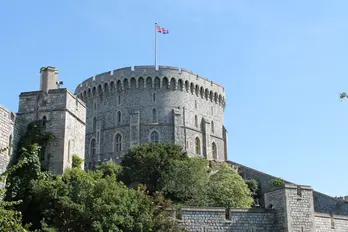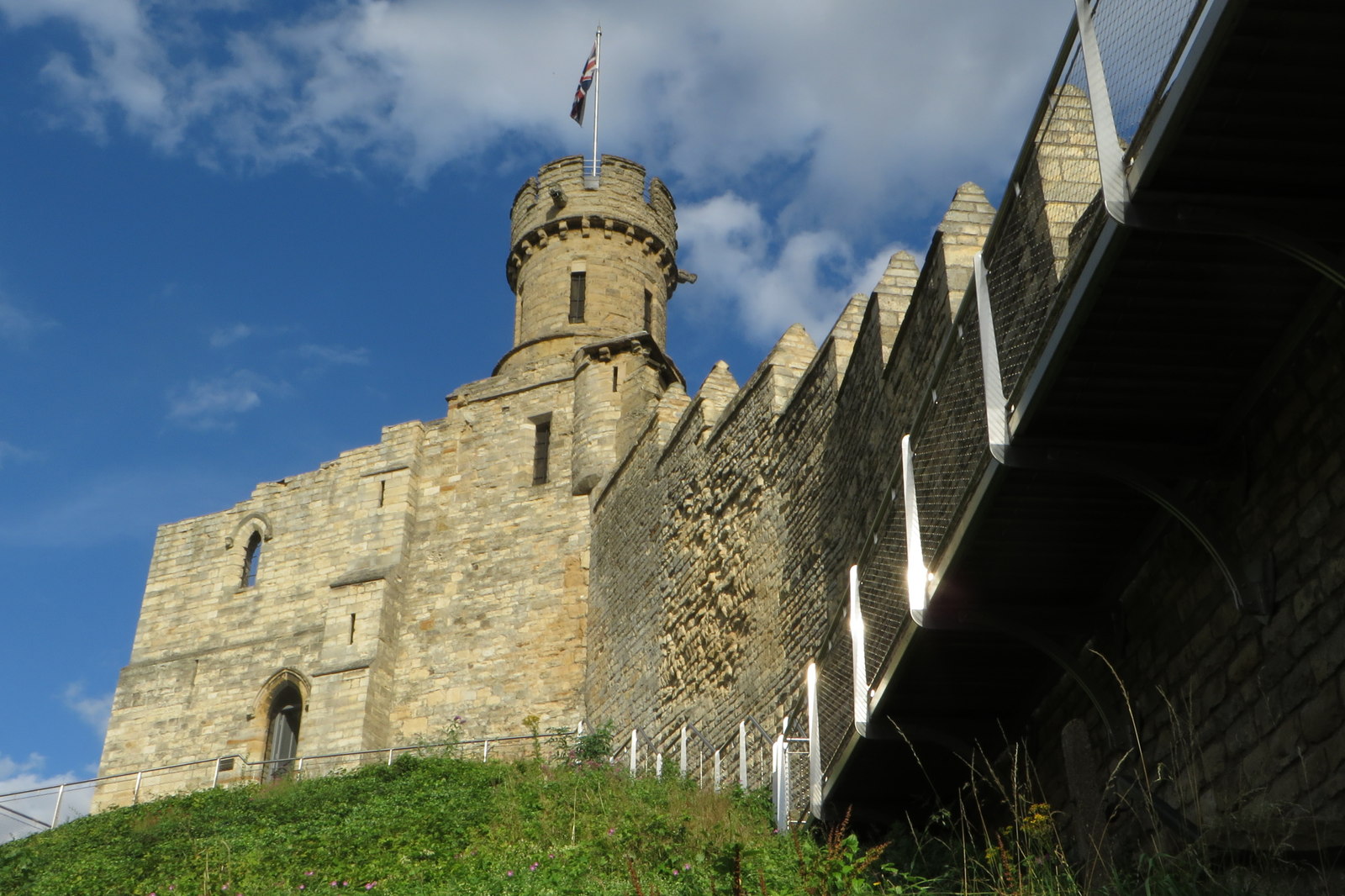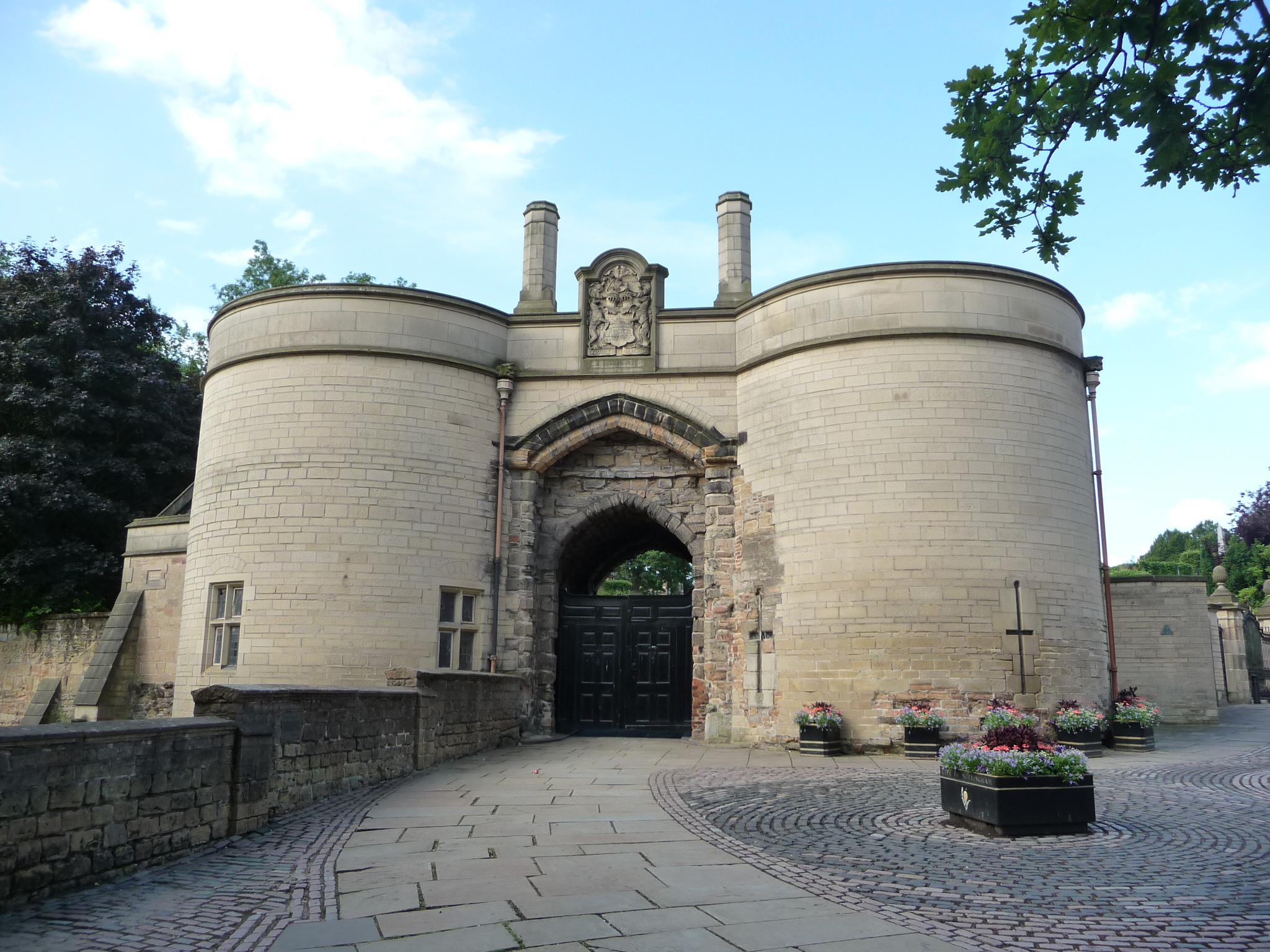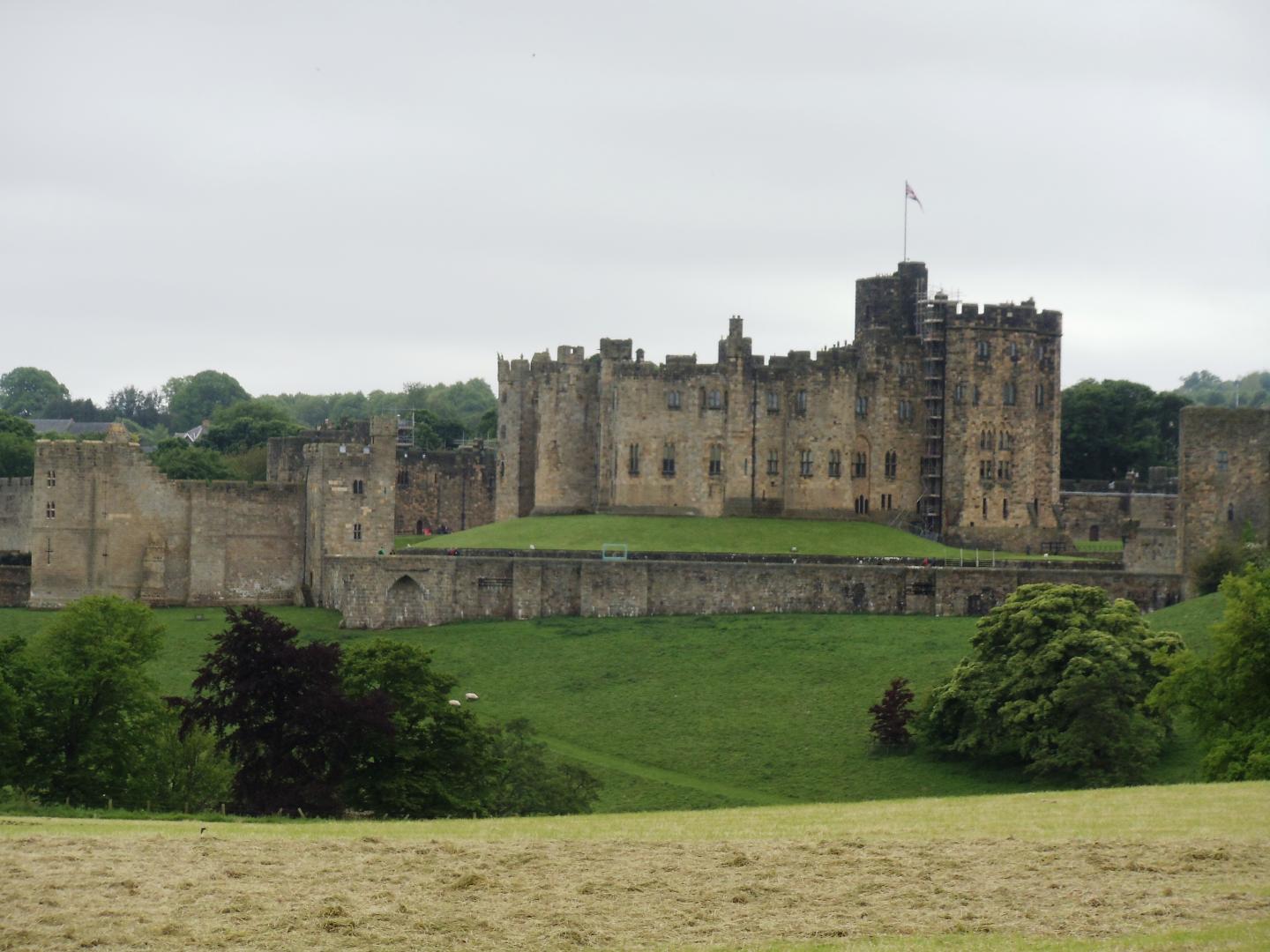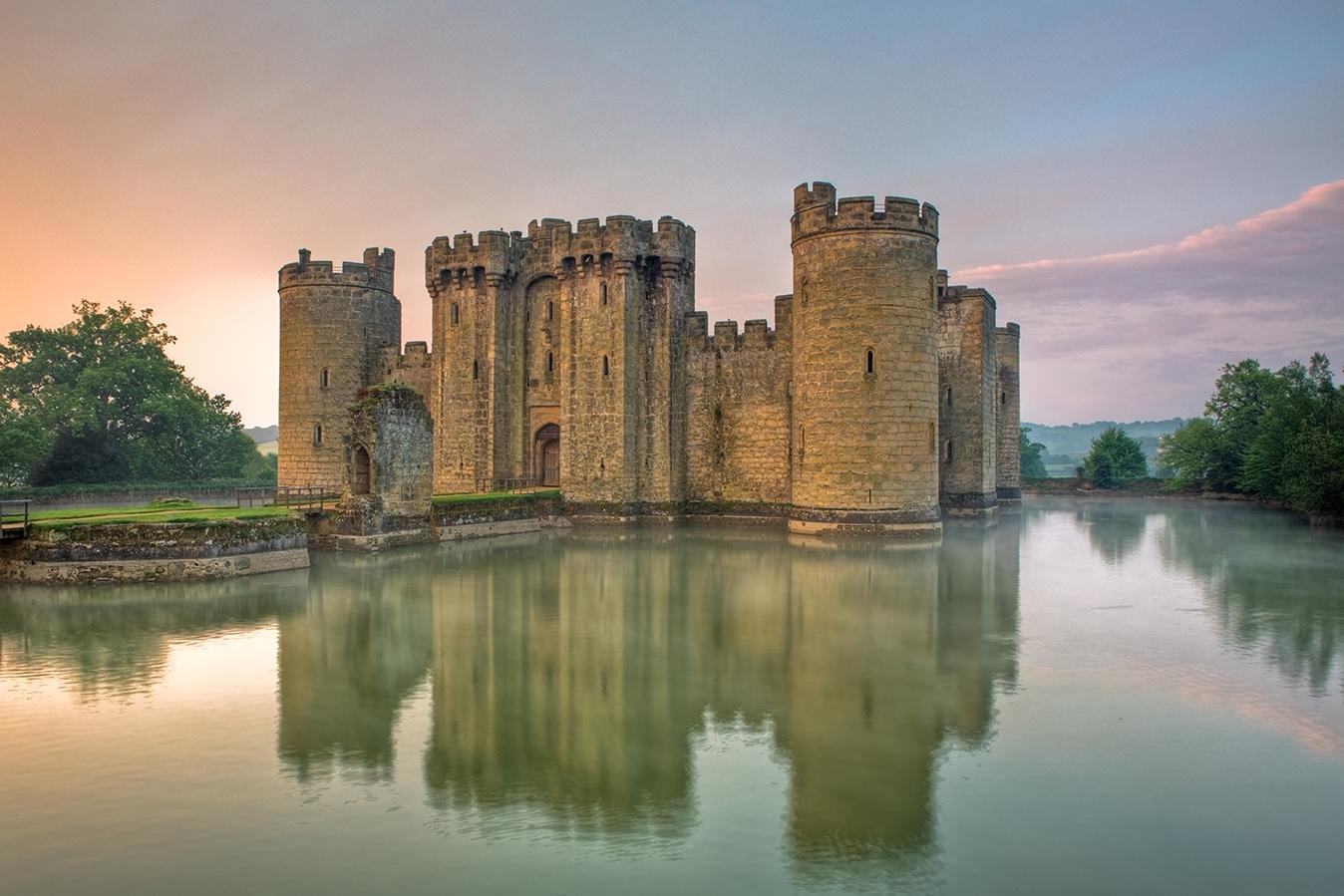
The Transformative Era That Shaped England As We Know It Today
The Middle Ages represent a defining chapter that radically transformed England over the course of a millennium. Lasting from approximately 500-1500 AD following the fall of Rome, this expansive era bridged the gap between antiquity and the onset of early modernity.
Politically Tumultuous Times That Forged the English Monarchy

These ten centuries hosted continuous upheavals that dramatically impacted English governance and identity. The period witnessed the rise and fall of warring Anglo-Saxon kingdoms, the far-reaching social shakeup of the Norman Conquest of 1066, the limiting of royal authority via the Magna Carta, destructive civil wars like the Wars of the Roses, and tense military conflicts with neighbors Scotland and France. Out of this persistent turmoil, stable new political institutions steadily emerged, laying the foundations of England’s future constitutional monarchy.
Sweeping Social, Cultural, and Economic Changes
Beyond just politics, nearly all facets of society were fundamentally reinvented throughout the Middle Ages in England. Feudal structures brought localized manors and serfdom, later giving way to expanding medieval towns fueled by trade, intricate guild networks, and newfound wealth. The ravages of plague radically depopulated the countryside, while the emergence of universities cultivated centers of scholarship. Meanwhile, religion permeated daily life under a supremely influential Catholic Church. Advances were also seen across art, architecture, music and literature, forged by both commoners and newly-prominent nobles and bourgeoisie.
Legacy That Still Reverberates Today
While the iconic images of knights, feudal life, and squalor certainly capture part of the atmosphere, there is far more nuance to be explored by re-examining this expansive period that still echoes through modern English language, geography, commerce and beyond. The Middle Ages marked England’s emergence onto the world stage through enduring entities like the Church, Oxford University or Westminster Abbey that persist as icons today. In many ways, England as the world recognizes it was born directly through the creatively dynamic, socially volatile, and politically tumultuous Middle Ages.
Turbulent Kingdoms to Centralized Authority: Forming England’s Political Traditions
The Middle Ages saw England transform politically from a patchwork of warring petty kingdoms into an increasingly unified, stable realm ruled by a centralized monarch – laying foundations that still underpin the nation’s governance today.
The Rise and Fall of Warring Anglo-Saxon Kingdoms
In the wake of Rome’s collapse, Germanic tribes including the Angles, Saxons and Jutes invaded England, establishing scattered regional kingdoms. By the 800s, several prominent ones emerged – Northumbria, Mercia, Wessex and East Anglia. Rulers like Offa and Alfred the Great periodically united these realms against common Danish or Viking threats. However, power balances remained unstable, vulnerable to incursions still.
The Political Shakeup of 1066: Norman Conquest & Enforcing Royal Prerogative
That volatility culminated fatally in 1066 when William the Conqueror defeated Anglo-Saxon ruler Harold Godwinson at the Battle of Hastings following a disputed royal succession. William installed himself as king, ushering 200 years of Norman rule and effectively erasing preceding English landowners through confiscations – radically overhauling land tenure and feudal society top-down. This established enduring systems of taxation while dramatically centralizing authority under the king and enforcement by local sheriffs.

Constraining Royal Absolutism: Magna Carta & Parliament’s Emergence

By the early 13th century kings had accrued extraordinary powers, which Plantagenet ruler King John wielded liberally by seizing lands and imposing steep taxes to fund incessant military campaigns. This bred intense resentment among nobles, cumulating in an open rebellion forcing John to agree to the Magna Carta in 1215 – enshrining principles limiting arbitrary actions against freemen. The first English Parliament later formed when lesser nobles and commoners were also summoned, gaining incremental influence counterbalancing monarchic authority.
Destabilizing Wars of the Roses & Restoration Under the Tudors
As Parliament grew stronger, clashes with assertive monarchs continued fueling political turmoil during the Middle Ages in England. One low point came during the 15th century Wars of the Roses involving noble factions competing for the crown, ultimately won by Henry Tudor. The Tudor dynasty restored order in part by strengthening institutions like the Privy Council. While kings still dominated, structural pieces were falling into place to enable eventual evolution into England’s now-familiar constitutional monarchy parliamentary system.
Sweeping Social Reordering and Economic Transformation
Medieval England underwent immense economic growing pains as land-based feudalism transitioned fitfully into an increasingly commerce-driven system – one with growing opportunities for upward mobility alongside harsh disparities. These dynamics evolved within a society completely reengineered under Norman rule.
Imposing a New Social Order: Feudalism, Manors and Serfdom
The Norman Conquest ushered a drastic social reorganization by seizing Anglo-Saxon lands and redistributing them as feudal tenancies. This meant nobles granting vassals fiefdoms to oversee, who’d in turn enlist peasant serfs to work the land in exchange for protection. Self-sufficient rural manors run by nobles soon dominated, with rigid hierarchies from nobles through knights, yeomen farmers, serfs and peasants tied to the land.
Rising Towns, Guilds and Commercial Trade
By the 1300s economic focus slowly began shifting from feudal agriculture to market trade. Medieval towns grew rapidly as people migrated seeking opportunities, with cities like London ballooning. Merchants thrived through commerce enabled by fairs, finance and cross-channel trade. Craft guilds gained increasing influence over towns, regulating wages and standards across sectors like wool, metals, carpentry etc. This steady urbanization and trade hinted at proto-capitalist ideals that later unseated feudalism.

Black Death Reshapes Land Tenancy
The bubonic plague outbreak in 1348, dubbed the Black Death, ravaged crowded medieval cities, killing up to 60% of England’s population in under two years. After this labor shortage, feudal tenure started unraveling as elite landowners leased out plots via cheaper wage-labor contracts, better allowing poorer peasants opportunity to rent holdings. This disruption following plague deaths accelerated economic changes benefiting a wider demographic.
The Enduring Influence of Religion and Church
Throughout the entire period, the Catholic Church remained arguably the most influential institution in medieval England. As the official state religion it commanded significant land assets, taxes and sway across society through local parish priests and bishops. Monastic orders and abbeys likewise amassed wealth for Church coffers. Religion profoundly shaped cultural life, driving crusades abroad while the sheer ubiquity of the Church left indelible impacts still evident through surviving cathedrals and ecclesiastical art.
Creativity Flourishes: Artistic and Cultural Advancements
The Middle Ages nurtured impressive creative growth despite political upheavals and natural disasters. Ecclesiastical and noble patronage fostered new expressions across visual arts, music, literature, education and architecture – leaving enduring cultural legacies.
Romanesque and the Rise of Gothic Splendor

Church building boomed for centuries in England’s towns and cities, evolving aesthetics from rounded Romanesque to towering Gothic by the 1200s. Advances in stone vaulting and flying buttresses enabled soaring vertical structures filled with stained glass, carvings and religious imagery – culminating in sites like Salisbury Cathedral. Such grandeur projected Church power while creating civic symbols still iconic today.
Enduring Literary Classics and Language Development
Ecclesiastical schools and later universities advanced education, while literature blossomed with works spanning courtly romance to bawdy drama. Geoffrey Chaucer helped popularize writings in English vernacular through his poetic imagery. Meanwhile the first authorized Bible translations and printing press arrival in England enabled wider literary access. This book culture shaped English language development.
Artistic Patronage Through Nobles and Growing Merchant Classes
Under wealthy patrons ranging from nobility to rising merchant bourgeoisie, the arts flourished via commissioned paintings, intricate tapestries and lavishly illuminated manuscripts. Music also advanced through church-sponsored compositions and local troupe performances integrating medieval, folk and continental trends. By late in the era, early Renaissance ideas began filtering into England, signaling profound artistic shifts ahead.
Though often overlooked today, the vibrant creative community prospering amidst the volatility of medieval England would lay artistic foundations felt for centuries to come in areas as diverse as language, education systems and the arts.
Enduring National Identities Forged Amidst Tumult
Modern England still grapples with and benefits profoundly from political, social and cultural institutions that coalesced during the volatility of the Middle Ages. Despite plagues, wars and instability, this period built lasting national heritage.
Centralized Governance and Constitutionalism
Though acquired through coercive means, Norman-imposed centralized authority and enforced taxation enabled later monarchs to wield national power projection domestically and abroad. Parliament emerged as counterweight, establishing English constitutional governance traditions. Principles enshrined via the Magna Carta and rise of common law still shape ideas of justice.
Social Mobility and Economic Development
Feudal structures may have ossified rigidity temporarily, but economic diversification through medieval commercial expansion introduced avenues enabling some upward mobility while fostering investment and proto-capitalist banking. Guild advancements presaged industrialization, while disruptions like the Black Death sparked agrarian evolution from serfdom towards increased yeoman land ownership.

Innovations in Architecture, Academia and Language
Cultural cornerstones originating in the Middle Ages continue marking English identity today, whether through awe-inspiring sites like Westminster Abbey, intellectual advances via Oxford scholarship or Chaucer’s literary popularization of English vernacular. This period undeniably nurtured creativity leaving national treasures still cherished globally centuries later as iconic emblems.
Though romanticism colors pop history perceptions, deeper study of England’s medieval era reveals far greater complexity that still echoes loudly through legal, linguistic and heritage factors intrinsic to society today.
Legacy of a Transformative Era
The Middle Ages undoubtedly represents one of the most dynamic periods ever seen in England, irrevocably reshaping politics, society, economics and culture over the course of centuries. While popularly associated with images of knights, feudal manors and squalor, the medieval world also nurtured systems of governance, trade, education and art which still actively reverberate through English-speaking societies today.
Despite outbreaks of famine and plague, the advances seeded throughout this volatile age built the first frameworks of institutions, commerce and rights modern Britons still enjoy and promote globally. The royal supremacy established by figures like William the Conqueror enabled England to punch far above its weight on the world stage in centuries that followed. The Magna Carta agreement compelled future lawmakers to keep strengthening citizen protections from authoritarian overreach. Surviving cathedrals, spires and manuscripts offer visible artistic reminders of the splendors nurtured amidst war and instability.
For all its challenges, living standards for most improved, political rights expanded, creative expression flourished. So rather than dismissing the Middle Ages as backward, this foundation underpinning so much of English heritage today deserves renewed appreciation a millennium later for the surprising progressivism fostered in an era so often obscured under stereotypes. There amidst the mud and blood first emerged the England the world recognizes today.
Related Articles
The Middle Ages in Wales
The Middle Ages, also known as the Medieval period, spans over a thousand years of British history, commonly dated from the 5th to the late 15th century.
The Middle Ages: The Time Period Between Classical and Modern
The social structure and cultural norms in Europe during the Middle Ages played an integral role in shaping the everyday lives of those living in the era.


















